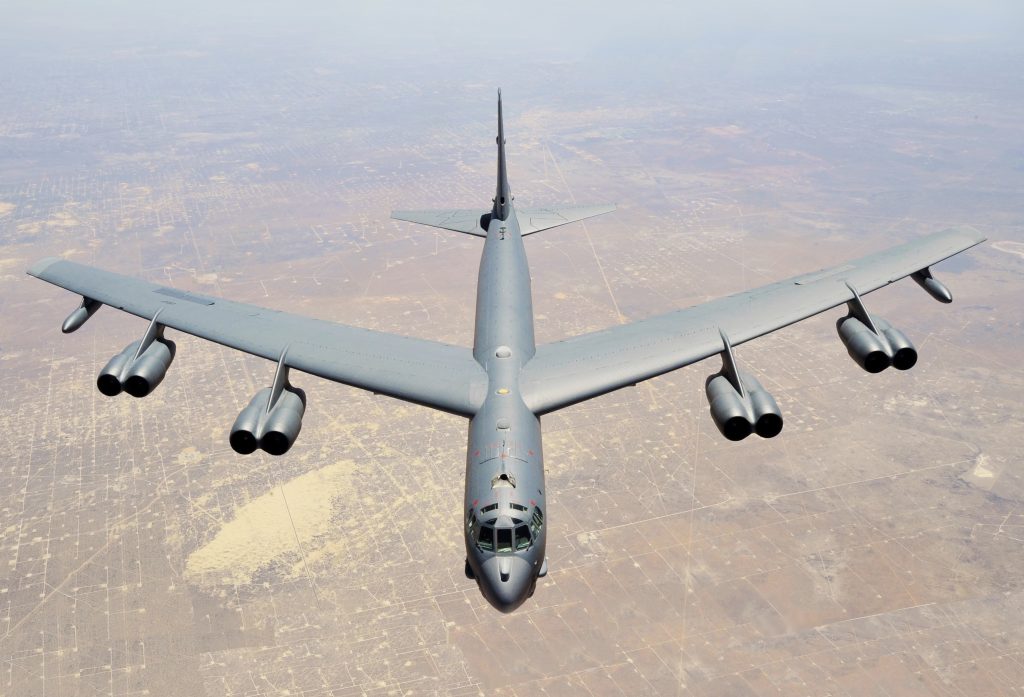
The story of the M65 “Atomic Annie” cannon is a remarkable snapshot of the Cold War era—a time when the specter of nuclear conflict loomed large and military innovation was driven by the desire for deterrence rather than just battlefield superiority.

The Atomic Annie, a 280mm motorized heavy gun, stands as an astonishing example of the lengths to which the U.S. military went to maintain its strategic edge.

Developed amid a fervor of atomic weapons research and proliferation, the M65 was the U.S. Army’s answer to the need for mobile nuclear firepower.

Its design was a nod to the colossal artillery pieces of World War II, particularly those like Nazi Germany’s Krupp K5, infamously known as “Anzio Annie” for its role against Allied forces in Italy. The influence of this legacy is evident in the M65’s similar function and nickname.

The unveiling of Atomic Annie was as much a statement of power as it was a functional military test. On May 25, 1953, at 8:31 am, during Operation UPSHOT-KNOTHOLE, the cannon fired a nuclear shell resulting in a 15-kiloton blast—mirroring the destructive capacity of the bomb dropped on Hiroshima.

This single successful detonation would cement the cannon’s place in military history, despite it never being used in combat.

The colossal size of the M65, weighing in at approximately 85 tons, required two specially designed transporter trucks for mobility. The entire system, when assembled with the 280mm gun, was an awe-inspiring sight, stretching 85 feet in length and tipping the scales at over 86 tons.

With the project now funded at $800,000 per M65 unit, they were ready to be deployed to U.S. bases worldwide as a deterrent against nations like the USSR and North Korea. However, once operational, the M65 quickly became outdated. Advanced nuclear delivery systems such as the B-52 Stratofortress bomber and the MGR-1 Honest John rocket made it evident that a shell-based nuclear delivery system was not the future of American nuclear weapons.

The massive cannon, with its ability to deliver a nuclear warhead in an artillery format, was soon surpassed by more advanced delivery systems, such as the B-52 Stratofortress bomber and surface-to-surface rockets like the MGR-1 Honest John. The M65’s operational career, lasting from 1953 to 1963, was relatively short-lived, with most units being scrapped, and the rest preserved as museum pieces.

The M65 Atomic Cannon systems were eventually dispatched to testing facilities in West Germany, South Korea, and the U.S.-occupied Pacific Island of Okinawa. Before this, one was first sent to the Nevada National Security Site, then called the Nevada Proving Grounds, situated approximately 65 miles (105 km) northwest of Las Vegas. It was at this site on May 25, 1953, during a series of nuclear tests known as Operation Upshot-Knothole, that a fully assembled M65 Atomic Cannon was armed with a W9 nuclear shell and aimed towards a target about seven miles (11 km) away.
related images you might be interested.









